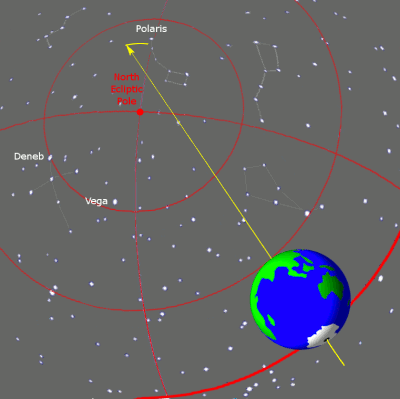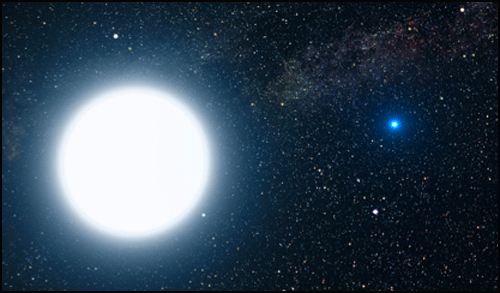peter ji,peter wrote:But what about the composer of M3_62 who might be a Bhrigu? Bhrigu Rishis descendants also helped develop Mandal 2
actually I don't really have the slightest clue, where you wish to take this discussion, plucking here and there! You start your questions with "what about xyz"! How can the other figure, what you wish to indicate or what you wish to ask or where you wish to take the discussion? The only thing one can say is, "so what about it?"
Mandala III, Sukta 62 is a joint Sukta by ViSvAmitras and Jamadagni BhRgus, as is clear from your graph also. So what about it? Jamadagni was the nephew of ViSvAmitra, hence both the paramparas collaborated. Why is that so astonishing? Why would that destroy Talageri's thesis? On this issue, Talageri has written in Chapter 5.
Talageri wrote:4. The BhRgus and Agastyas are relatively neutral families in the Rigveda, both being basically aloof from the Vedic mainstream:
The BhRgus were, in fact, the priests of the people (the Anus) who lived to the northwest of the Vedic Aryans, and therefore generally on hostile terms with the Vedic Aryans and their RSis. However, one branch of the BhRgus, consisting of Jamadagni and his descendants, became close to the Vedic RSis; and these are the BhRgus of the Rigveda.
The Agastyas are traditionally a family of RSis whose earliest and most prominent members migrated to the South, away from the area of the Vedic Aryans, at an early point of time in their history.
Both these families owe their presence in the Rigveda to two factors:Both the families, nevertheless, gained a late entry into the corpus of the Rigveda: even the oldest hymns of the BhRgus are found in the late MaNDalas; while the hymns of the Agastyas are, anyway, late hymns by RSis belonging to a later branch of the family.
- Agastya and Jamadagni, the founders of these two families, were closely related to, and associated with, two other prominent eponymous RSis: Agastya was VasiSTha’s brother, and Jamadagni was ViSvAmitra’s nephew.
- The two families were not affiliated to, or even associated with, the Bharatas, but nor were they affiliated to, or associated with, any other tribe or people.
Yes they did.peter wrote:Bhrigu Rishis descendants also helped develop Mandal 2
The GRtsamadas are a later family, and the BhRgus also became associated later on. Mandala II is thus considered a later family Mandala.

Talageri writes in Chapter 5
Talageri wrote:Two families originated in the Middle Period of the Rigveda, when the heyday of the Bharatas was waning, but the Rigveda was still a Bharata book: the KaSyapas and GRtsamadas.
Talageri wrote:3. The KaSyapas and GRtsamadas are two families which are associated with the Bharatas, but not militancy affiliated to them.
Their association is based on the fact that the provenance of these two families was in the Middle Period of the Rigveda, which was still the (albeit late) period of the Bharatas.
The two families were more concerned with religious subjects (nature-myths and rituals), and hardly at all with politics or militancy.
Well the implication is simply that the GRtsamadas role in composing/maintaining Mandala II, does not stop Mandala VI from being the oldest.peter wrote:RajeshA wrote:As for GRtsamadas, in chapter 3 Talageri saysWhat is the implication of this? Sorry I did not follow.Talageri wrote:2. MaNDala II does not refer to any composer from any other MaNDala, earlier or later. And, for that matter, no other composer from any other MaNDala refers to the GRtsamadas of MaNDala II.
If there is a AIT-Nazi position on this, we can discuss it here, but a general discussion of Talageri's book is beyond the parameters of this thread. Perhaps one would have to discuss it elsewhere.







